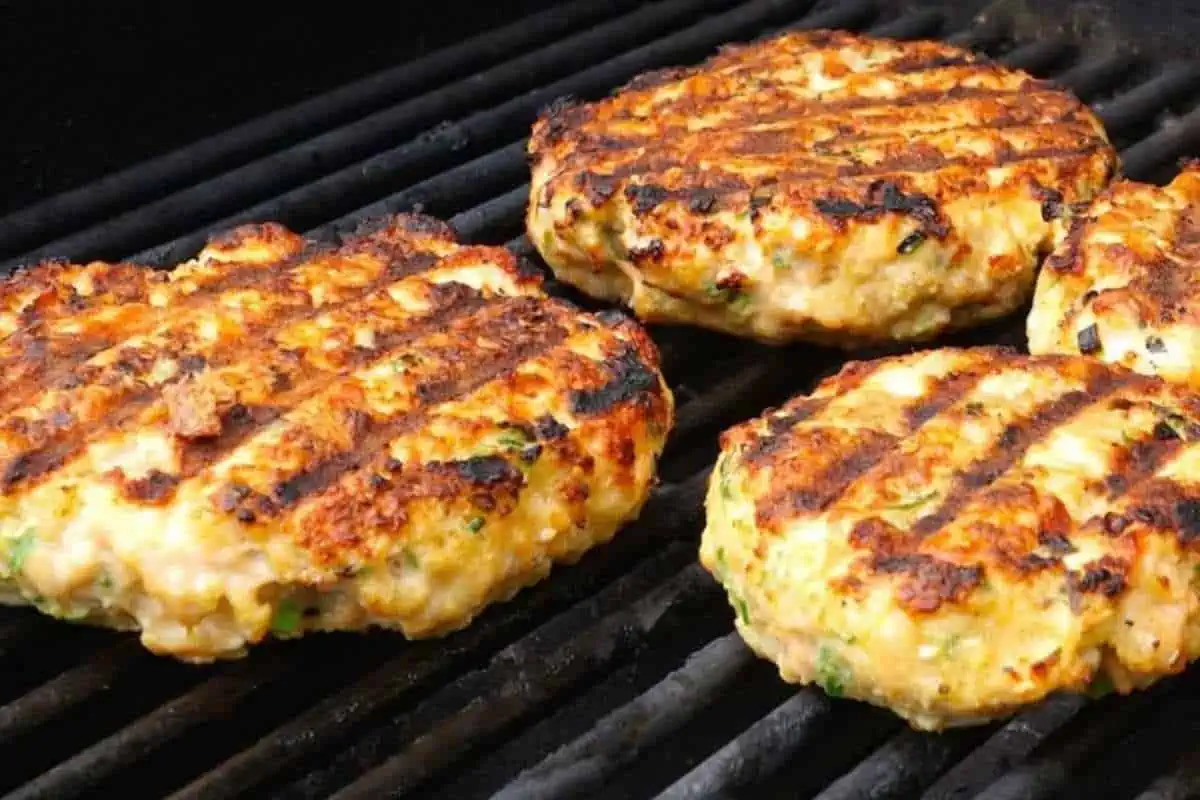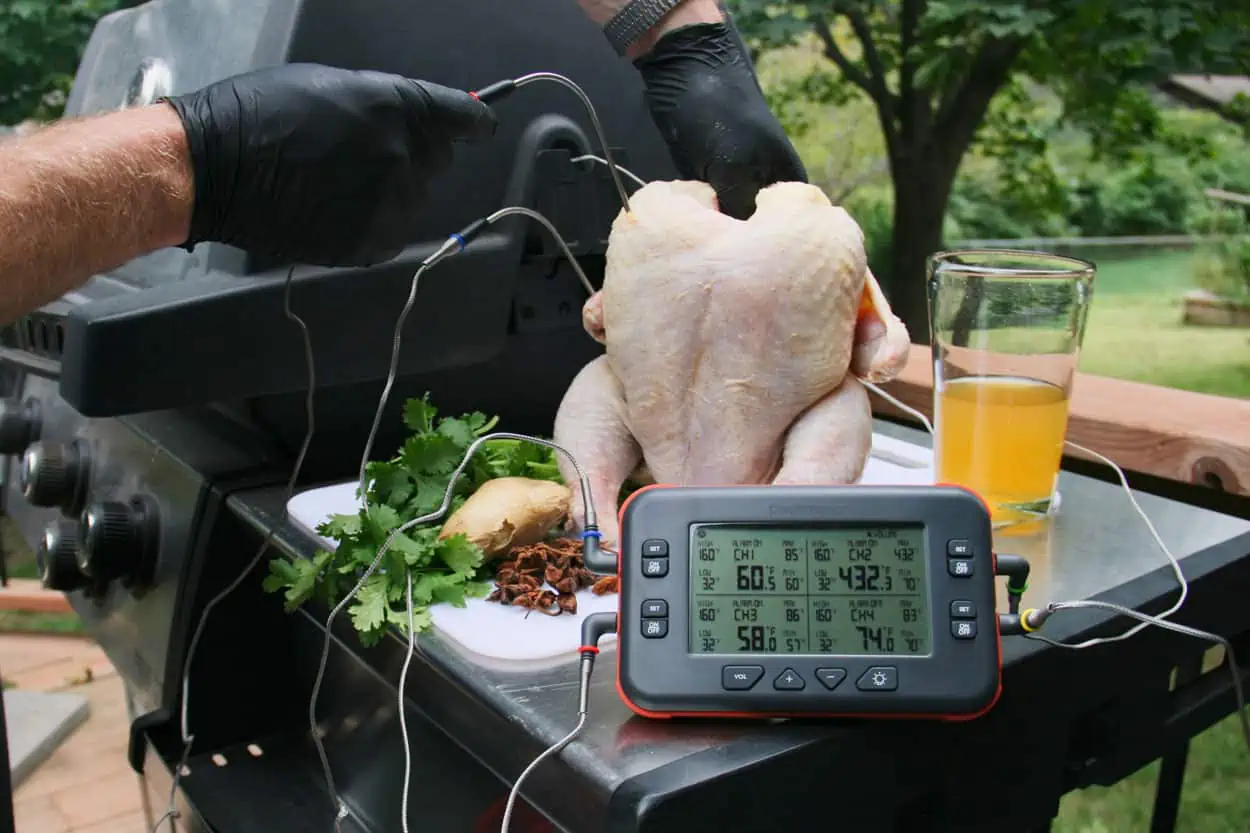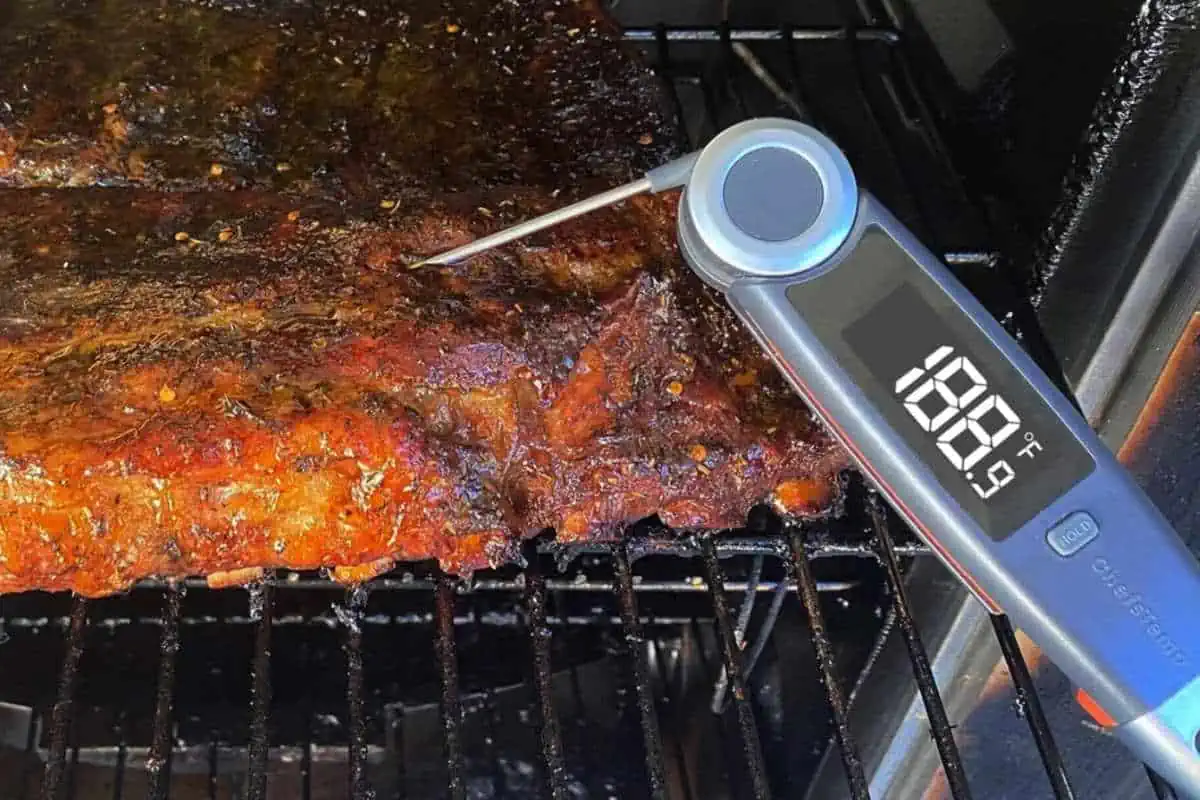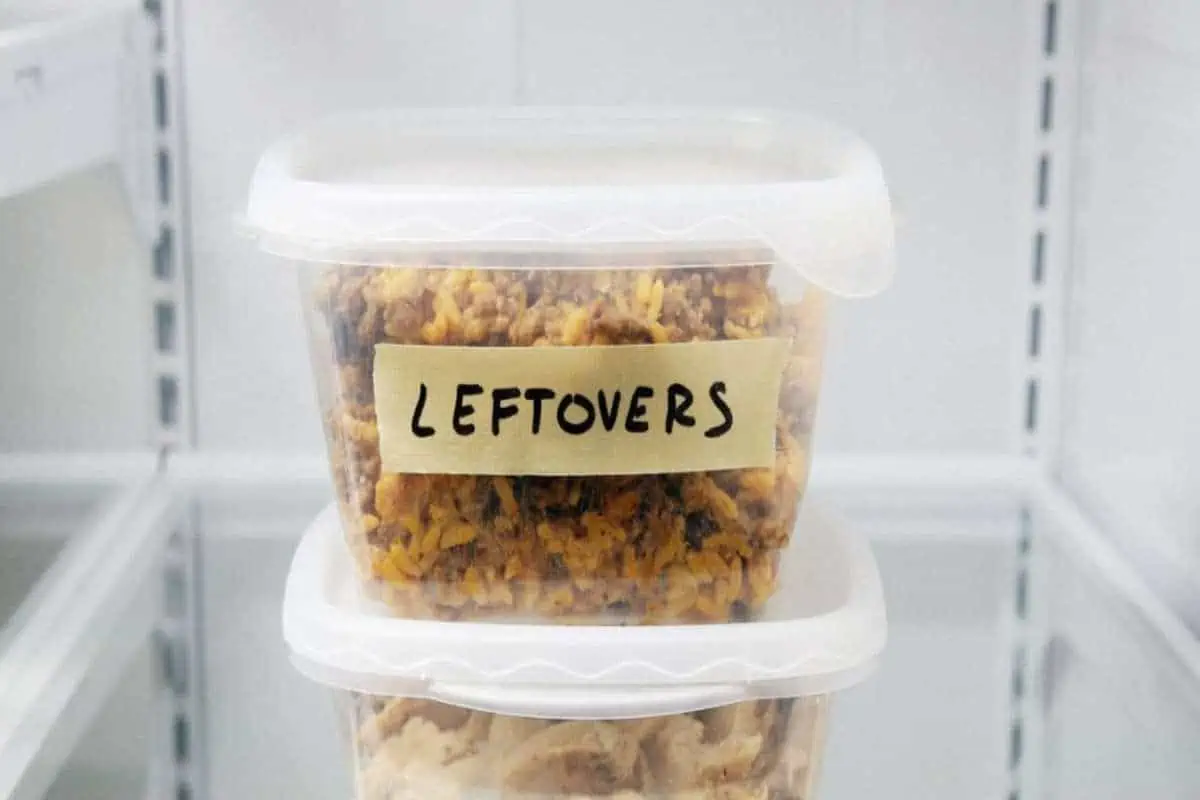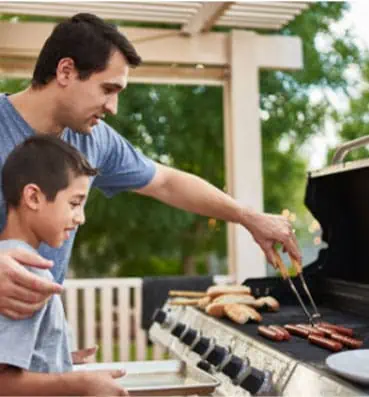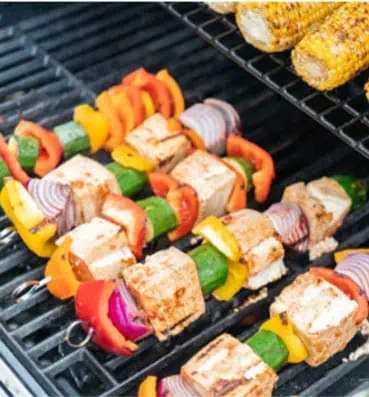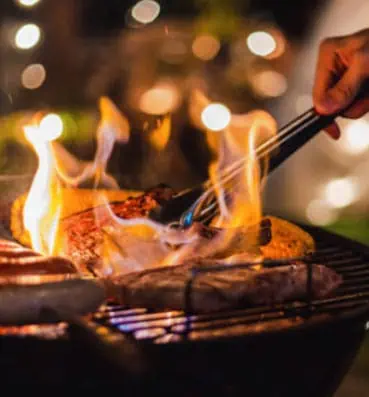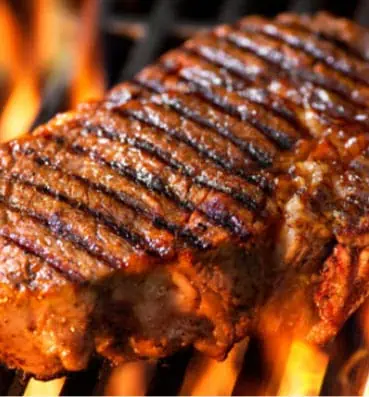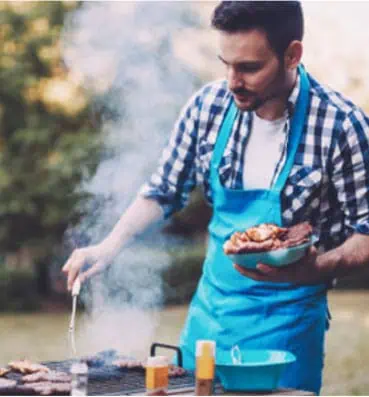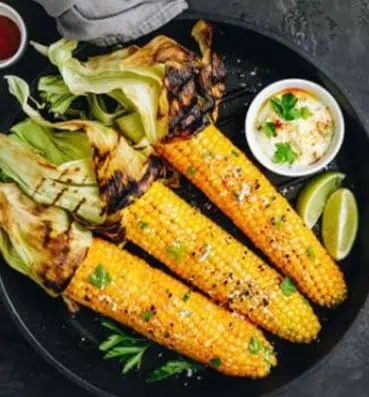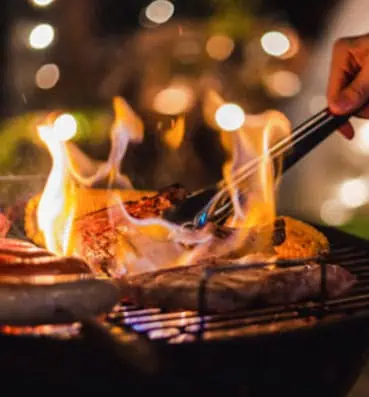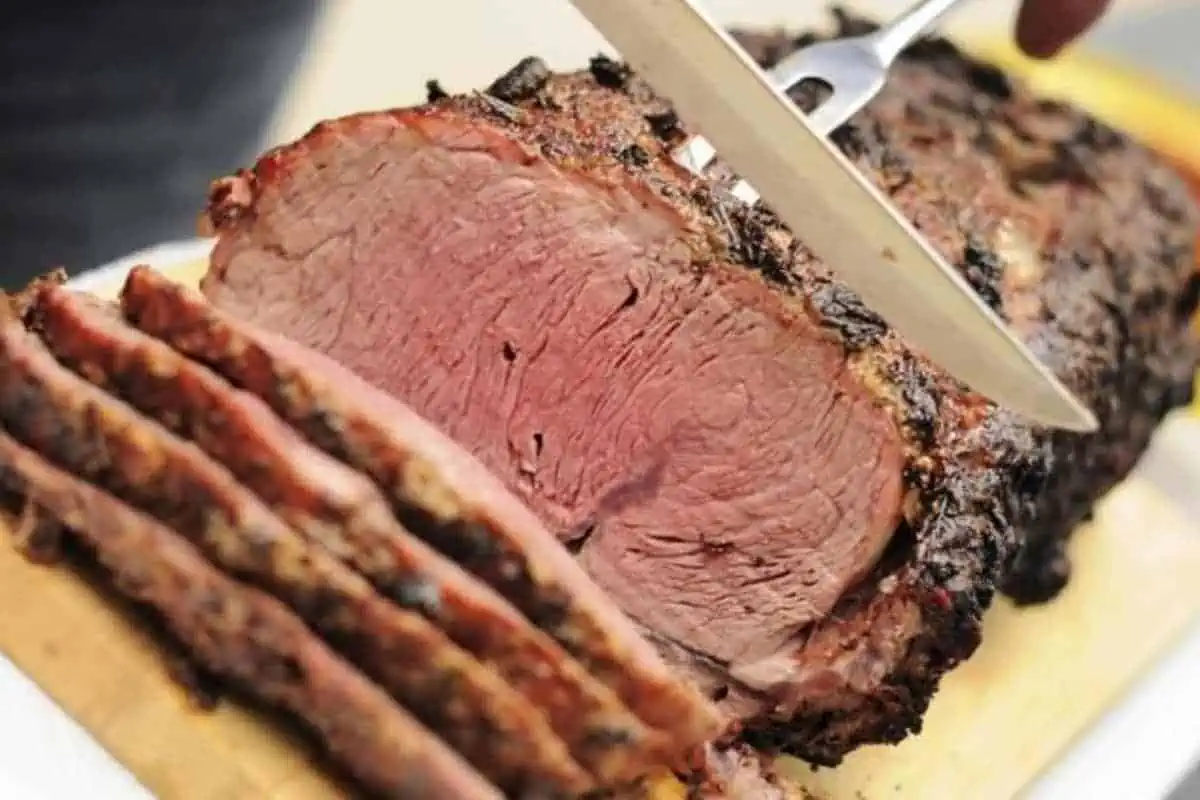
Prime Rib Temperature – Medium Rare and More
Prime rib, or the standing rib roast, is a show-stopping addition to your table for any special occasion. You can grill or roast it, either way it is going to impress your guests with its delicious taste and quality. But in order for that to happen, you need to know the ideal medium rare prime rib temperature so you have the most beautiful texture on this meat.
Why Aim for Medium Rare Prime Rib Temperature?
Medium rare prime rib is one of the best ways to cook this piece of meat. Even though prime rib is a prime (aka expensive) cut, you could easily ruin this meat if you don’t get the cooking temperature right. Do not leave it to chance, make sure you know how to cook it properly. But why is medium rare the ideal temperature for this meat?
First and foremost, medium rare is the sweet spot in terms of the rib’s readiness. When you say that the meat is “done”, it is actually a vague statement. There are various levels of “done” and you will learn later on what temperature levels to aim for, each based on your preference.
Medium rare is the top preference for prime rib because this type of cook ensures that the meat remains tender and juicy. It still has a bite to it, but the meat is not chewy or rubbery at all. You can only achieve this texture when the meat is cooked medium rare – nothing more or less.
How to Achieve Medium Rare Prime Rib Temp?
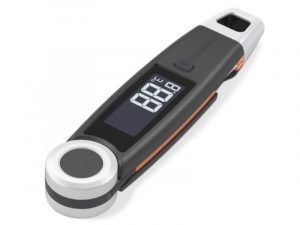 Knowing that medium rare prime rib is the best kind of texture and cook to aim for, the next question is this: what is the ideal medium rare prime rib temp?
Knowing that medium rare prime rib is the best kind of texture and cook to aim for, the next question is this: what is the ideal medium rare prime rib temp?
If you are aiming for medium rare on your prime rib, you must reach an internal temperature of 130 to 135 degrees F. This temperature of the meat offers optimal flavor and texture. It is tender and juicy, so the flavor is still concentrated on the meat, whereas overcooking it could cause the flavor to be drained away, along with the moisture.
The secret to getting that perfect medium rare on your prime rib is to remove it from the heat once you achieve an internal temperature of 125 degrees F. Leave the meat to rest for at least 30 minutes as the heat will continue to cook the meat on the inside. You can always use a meat thermometer to probe the inside of the meat and make sure that it has reached 135 degrees internal temperature.
Medium rare is characterized by the pinkish appearance with a nearly red center. The general cooking guidelines for beef is 145 degrees F. However, that means that the prime rib is well-done, at which point the meat becomes tough. This is why medium rare is the ideal choice for that perfectly juicy meat.
Prime Rib Temperature Guide
There are different levels of “done” on prime rib. Although medium rare is the most popular cooking preference for most people, others also like their prime rib to be cooked differently. It is important to know how you like your prime rib done so that you know what temperature to aim for.
Experts agree that the best way to cook prime rib is by keeping an eye on the temperature instead of the cooking time. Here is a quick guide on how to check the prime rib:
- Rare – 120-129 degrees F
- Medium rare – 130-135 degrees F
- Medium – 135-144 degrees F
- Medium well – 145-154 degrees F
- Well done – 155-160 degrees F
Do take note that a prime rib is traditionally cylindrical in shape. This means that the heat penetrates the meat along its length and not just through the caps. What you need to pay more attention to is the diameter of the roast instead of the weight and length of the cut.
Tips for the Best Prime Rib Roast
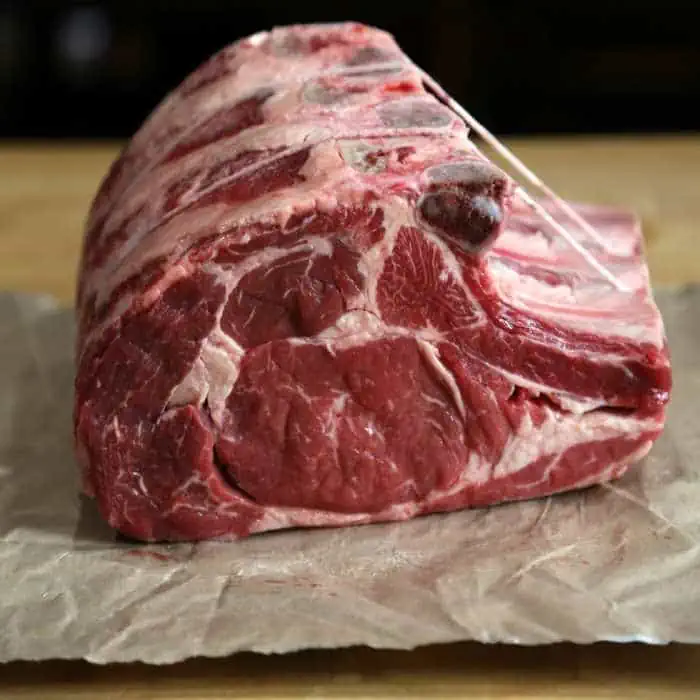
Using the temperature chart above, you will know what temperature to aim for when cooking your prime rib based on how you like it done. If you would like to enjoy the best quality prime rib, you need to take note of these tips:
- The secret to the best prime rib roast is to allow the meat to come to room temperature before you cook it. This technique allows the meat to cook evenly. If the meat is too cold when you start to cook it, you will notice that there are hints of grey on the outer edges of the meat. Meanwhile, the center will remain bright red. Take the meat out of the refrigerator an hour before you intend to cook it.
- Look for marbling on the meat. The higher the marble grade, the better the quality of the meat. The extra fat will make the meat juicier and more flavorful.
- Season the meat ahead of time. Once you put salt on the prime rib, it will dissolve into a salty liquid that will help the meat proteins to become loose. This will allow the moisture to be absorbed back into the meat so it is tastier when cooked.
- Cook it low and slow. This is crucial because you want to achieve that perfect medium rare cook. If you set the cooking temperature too high, the outside of the meat will be overcooked by the time you achieve that perfect medium rare at the center.
- Invest in a thermometer. You want to be able to accurately read the temperature of the meat to ensure it is properly cooked in the middle.
- Let the meat rest. Resting the meat will help achieve the best texture and keep it juicy. If you slice it too soon, the juices will just spill out and you lose some flavor, too.
When cooking with a large piece of meat such as a prime rib, a meat thermometer is your best friend. It is difficult to judge readiness based on what you see on the exterior because this part will be cooked first. By checking the medium rare prime rib temp, you can guarantee that it is cooked just the way you like it.
Discover more recipes and learn kitchen tricks by joining our cooking family on Facebook.
Shop now for products used in this post:
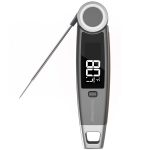
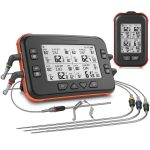
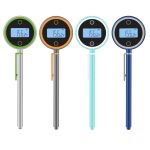
You may also like:
